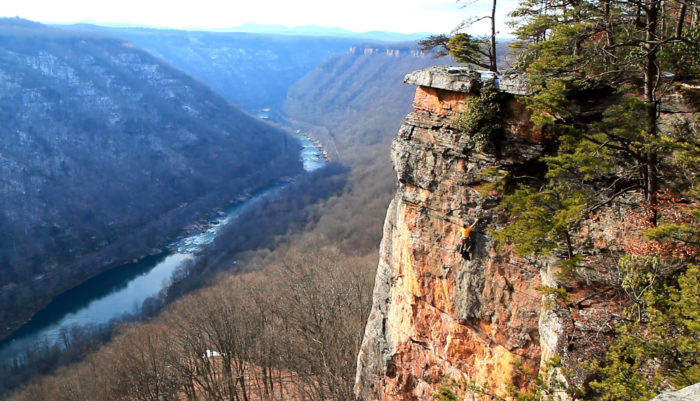What’s the Status of the Daily Cardinal?
The Cardinal is one of Amtrak’s long-distance trains—a favorite of mine and one I recommend to people as one of the more scenic eastern trains. It runs between New York City and Chicago, but follows a meandering southerly route—from Penn Station south to Washington, then turning inland to Charlottesville, Virginia. From there, the Cardinal climbs over the Blue Ridge Mountains and crosses the Shenandoah Valley.

By late afternoon, you’re passing through the amazing New River Gorge and, when you wake up the next morning, it’s Indianapolis, fertile Indiana farmland and on into Chicago. Along that route, the Cardinal serves some twenty-one small communities.
But the train only operates three days a week. I can’t tell you how many times I’ve tried to take this wonderful ride only to find that my itinerary didn’t mesh with the Cardinal’s schedule. People in those small towns all along its route have the same problem: the three-times-a-week schedule is very inconvenient.
For that reason—and because of the oft-proven railroad adage, “Double the frequency, triple the ridership”—there has been increasing pressure on Amtrak to operate the Cardinal as a daily train. And, for the past year or so, there seems to have been some real momentum building.
NARP had a hand in that by producing some 30-second public service radio spots, promoting a daily train and more than 120 radio stations along the Cardinal’s route agreed to air the spots at no cost. And a meeting of all the players—including Amtrak, NARP, Friends of the Cardinal, and various government agencies—was held several months ago in Cincinnati.
Furthermore, as we speak, House Bill 2856 endorsing a daily Cardinal is working its way through the West Virginia Legislature. It came up before the House Finance Committee this past Thursday. Chuck Riecks, NARP board member who was there, reported that “It took the clerk longer to read [the bill] than it did for the Committee to pass it.”
So the campaign for a daily Cardinal has been progressing nicely, actually gathering supporters and momentum.
And then Trump released his budget and the gory details became public. Among many other programs and institutions affected, Amtrak’s annual subsidy—already pitifully inadequate at about $1.5 billion—has been eliminated. While it’s possible that some or all of those funds could be restored by Congress, it is certainly asking a lot of Amtrak, under these very worrisome circumstances, to seriously consider a daily Cardinal.
I should also note that nine communities stretched out over more than 200 miles of the Cardinal’s route are in the State of West Virginia . . . where Trump got 68-percent of the vote.


